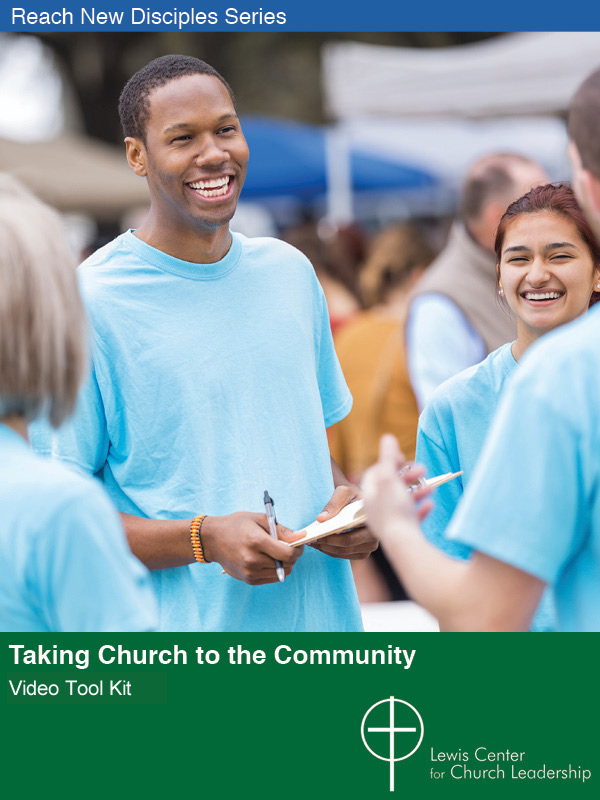In reflecting on the church and race relations over the past forty years, and whether it is possible or even desirable for us to strive toward becoming color-blind, I have been reflecting on what was occurring in American society in the late 1960s. It was a time of great racial tension in America. The Kerner Commission Report, commissioned in 1968 by President Lyndon B. Johnson, summarized the state of race relations in America by noting, “America is a nation of two societies, one black and one white, separate and unequal.”
Churches today are more segregated than schools, workplaces, or neighborhoods. Ninety-five percent of churches are made up overwhelmingly of one race or ethnicity. Only about 5 percent of congregations in the U.S. are considered multiracial.
The death of Dr. Martin Luther King, Jr., on April 4, 1968, spawned a proliferation of violence in cities across the United States. In the aftermath of King’s death, cities like Detroit, Washington, and Baltimore turned upon themselves in acts of violence and destruction. The images of large business corridors, residential communities, and places of worship being burned and looted are still vivid in many of our memories.
In light of the state of race relations in the church then and now, what might have been the hopes and dreams of those who engaged in those earlier efforts toward dialogue, cooperation, and conciliation? I suspect that many persons of all races in the churches forty years ago would have hoped and expected that the church of the early 21st Century would be a church where racism no longer exists, and perhaps that the churches would be color-blind. But we know that this is not the case.
In many ways, a pall remains over much, if not most, of today’s church with regard to how it has dealt with the race problem in America. In their 2001 book Divided by Faith, Michael Emerson and Christian Smith developed a theory to explain why churches are racially exclusive enclaves despite Christian ideals about inclusiveness: Americans choose where and with whom to worship; race is one of the most important grounds on which they choose; so the more choice they have, the more their religious institutions will be segregated.
Through sociological analysis, Emerson and Smith tested that theory and found it to be valid. Churches today are more segregated than schools, workplaces, or neighborhoods. The least segregated sector of American society is also the least governed by options: the military. Because U.S. Protestants offer the largest number of churches from which people may choose, their churches remain the most segregated. The authors point out that 95 percent of churches are made up overwhelmingly of one race or ethnicity (80 percent or more of their members coming from one group). The result is that only about 5 percent of congregations in the U.S. are considered multiracial.
In seminary classes I teach, I often ask students to look around their classroom and observe the makeup of their classes in terms of race and ethnicity, as well as gender and theological diversity. Then I ask the students to imagine what a similar class may have looked like forty years ago. Clearly, the diversity in our classrooms today was not present in generations past. But that cannot often be said of our churches. Many look remarkably similar to how they looked forty years ago despite decades of growing diversity all around them.
Where do we go from here? Near the end of his life, Dr. King published a book entitled Where Do We Go from Here: Chaos or Community? The book reiterated a point he had made on several other occasions: we in the church and society are faced with a choice in our life together. We can either learn to live together as brothers and sisters, or we can die together as fools. The church of today looks quite different from the church of forty years ago. Progress can be seen in many areas. And yet there is still much work that lies before us. We are not yet color-blind.
Although segregation continues in many churches, as it does in many other sectors of society, I believe there is hope that someday the church and society might be color-blind. My hope is rooted in the possibility that we will continue to discover ways to capitalize on those experiences and encounters that will lead to an inclusive community. This is the hope that must be realized if we are to be the church, the Beloved Community, which Christ calls us to become.







